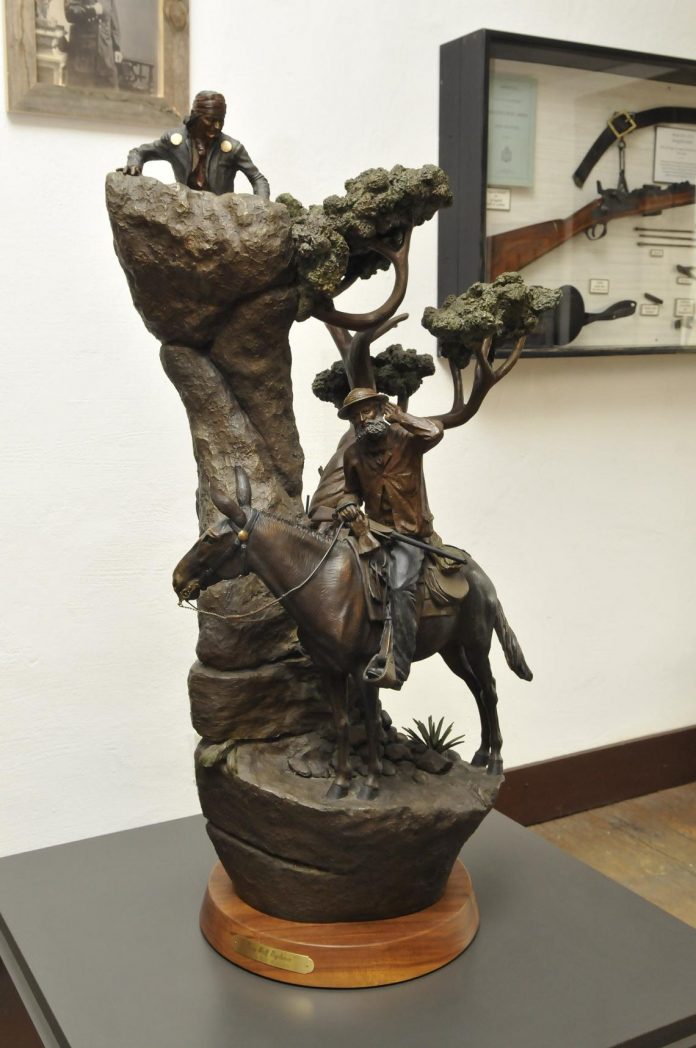Gen. George Crook isn’t the first person you might think of as an advocate for the native peoples of America. After all, he is numbered among the greatest military leaders who fought against the American Indians following the Civil War.
Crook’s final campaign, as head of the Department of Arizona, was an attempt to force Apache leader Geronimo’s surrender. In March 1886 Crook — who had been given the honorary nickname of Nantan Lupan, or “Grey Wolf,” by the Apache — received word that Geronimo would meet him in the Cañon de los Embudos, in the Sierra Madre Mountains near the Mexican border.
Prior to the meeting, however, Geronimo slipped away, costing Crook his command.
Crook’s history, full of violence against various American Indian tribes of the Western U.S. and culminating in the loss of the target he sought most, is contradicted by the man’s final years. From 1888 to 1890, the year in which he died, Crook became an outspoken advocate for the people he once fought.
“He, at least, never lied to us,” Oglala Lakota war chief Red Cloud, one of the strongest American Indian opponents the U.S. Army ever faced, said of Crook after the man’s passing. “His words gave us hope.”
Contemporary historians and artists look to Crook, as well. On Wednesday, Nov. 16, Sedona-based sculptor Clyde Ross Morgan unveiled a statue of Crook and Geronimo, “Grey Wolf Follows,” at Fort Verde State Historic Park. The sculpture features Crook and his mule Apache, Geronimo and Naiche, the son of Cochise.
“Gen. Crook did much to preserve the Indians’ self-respect by encouraging their self-sufficiency,” Morgan said. “Crook and his mule Apache were not noted for utilizing military accoutrements and never received nor sought military recognition, but historians speak highly of his efforts and personal values.”
The statue’s placement on the Fort Verde grounds is appropriate, as Crook was no stranger to Arizona or the Verde Valley specifically.
Today, General Crook Trail is a 25-mile U.S. Forest Service-maintained trail along the Mogollon Rim — the same route Crook blazed for white settlers in the 1870s, extending from Fort Whipple in Prescott, through Fort Verde in Camp Verde and on to Fort Apache.
The trail descends into the Verde Valley by way of Copper Canyon, nearly mirroring Interstate 17 as it drops into the Valley. Approximately 12 miles east of Camp Verde, on Arizona State Route 260, one of the original chevrons is still etched into a rock, marking mile number 13.
“Pursuit of the Apaches took the U.S. Army through some of the most desolate and rugged territories in the country,” Morgan said. “Only a man of great determination and conviction would stick to the trail. Crook was such a man.”



